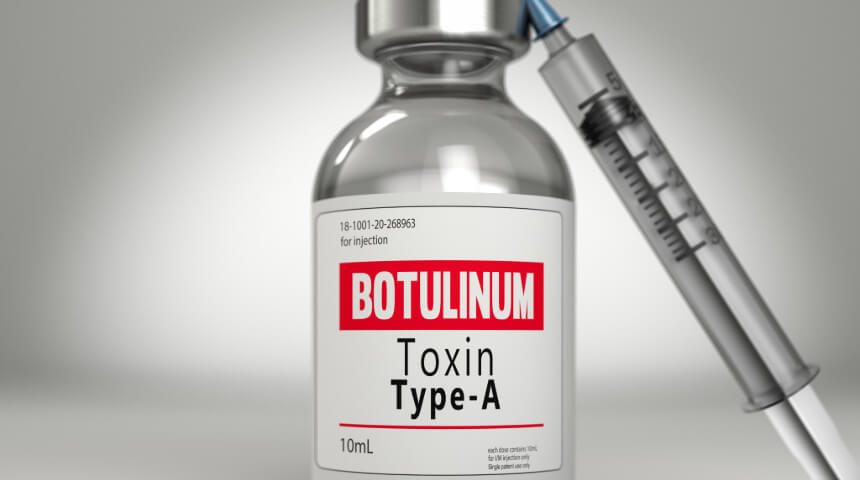Parents and caregivers might tend to think of urinary tract infections (UTIs) as bacterial infections that strike adults, but young children actually have a greater risk of lasting kidney damage from UTIs than any other age group. By age 5, about 8 percent of girls and 1 to 2 percent of boys have had a UTI, according to the Urology Care Foundation.
A UTI is a generic term for an infection in the urinary system, typically an overgrowth of bacteria in the bladder that irritates the bladder lining. UTIs can cause burning with urination, and often require frequent and urgent trips to the bathroom. They occasionally become serious when the infected urine goes backward up into the ureter and infects the kidneys. From there, the infection can enter the bloodstream or damage the kidneys.
How Can I Tell if My Child Might Have a UTI?
Some telltale signs of a UTI occur when the linings of your bladder, urethra, ureters and kidneys get red and swollen. But determining symptoms in children can be tricky, partly because the symptoms kids get might indicate a virus or another problem, but also because very young children and babies aren’t able to tell you what’s wrong. If your child is an infant or too young to tell you how they feel, the signs are likely to be vague and not linked to the urinary tract.
In babies and toddlers, look out for:
-
Fevers (high or low-grade)
-
Grouchiness
-
Lack of appetite
-
Loose stools
-
Foul-smelling diaper urine
-
Overall malaise
In older children, look out for:
-
Complaints about pain in the lower abdominal area or back
-
Frequent urination
-
Cloudy or bloody urine
-
Complaints that it “hurts to pee” and/or passing only a few drops
-
Bed wetting or trouble controlling urine
If your child has a high fever and appears sick without a clear reason (such as a runny nose or earache), you should immediately visit a healthcare provider. A high fever usually indicates the bacteria has spread to the bloodstream and may cause a life-threatening infection or permanent kidney damage. Your doctor will collect urine for analysis and a culture. To be diagnosed with a UTI, a child must have symptoms plus bacteria in the urine.
How to Prevent UTIs in Children
While the best way to prevent UTI is to empty your bladder often and keep well hydrated, there are some special considerations for children.
-
During toilet training, teach proper bathroom habits. After each bowel movement, girls especially need to wipe from front to rear — and never rear to front — to avoid bacteria spreading to the urethra.
-
Make sure your child isn’t holding it in. Kids will often not void their urine all the way and/or be reluctant to use the bathroom.
-
Keep children hydrated. Frequently draining the bladder is a strong defense against infection, because greater urine flow will flush infection from the body.
-
Treating constipation issues. Doing so decreases your child’s chances of a UTI.
Keep in mind children tend to get distracted, prompting them to hold in both urine and feces. After the child is potty trained, parents and caregivers tend to ignore their children’s voiding habits, but this is a mistake. Parents should continue to remind young children to regularly use the toilet and keep an eye out on the consistency and frequency of children’s urination and bowel movements.
What Else Should I Know?
If a UTI is diagnosed, your child will receive antibiotics and may improve after just a few doses. However, be sure your child takes all the antibiotics as prescribed. Unless the UTI is fully treated, the bacteria may return, and it may take weeks before all symptoms are fully gone. If your child gets another infection, do not give them leftover antibiotics but seek care with your healthcare provider.
Also, if your child is experiencing recurrent UTIs (two or more infections), the American Academy of Pediatrics advises you seek out a pediatric urologist who will help examine underlying causes. Some children are more prone to getting UTIs due to common anatomical abnormalities. These can contribute to a heightened risk of reinfection and should be thoroughly assessed.
Are You Interested in Learning More?
Sign up for our e-newsletter for more tips and best practices from pediatricians.
Sign Up Here










